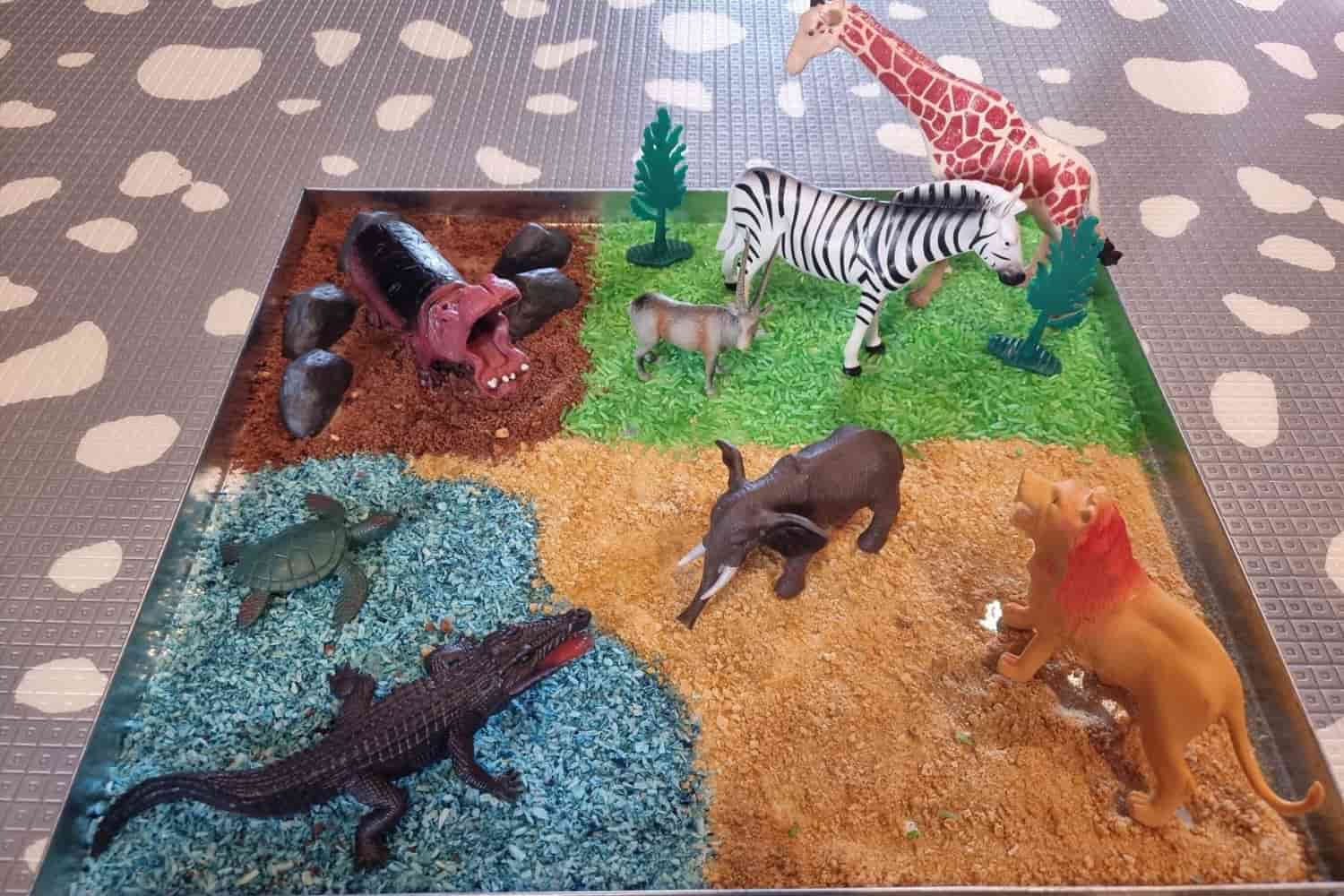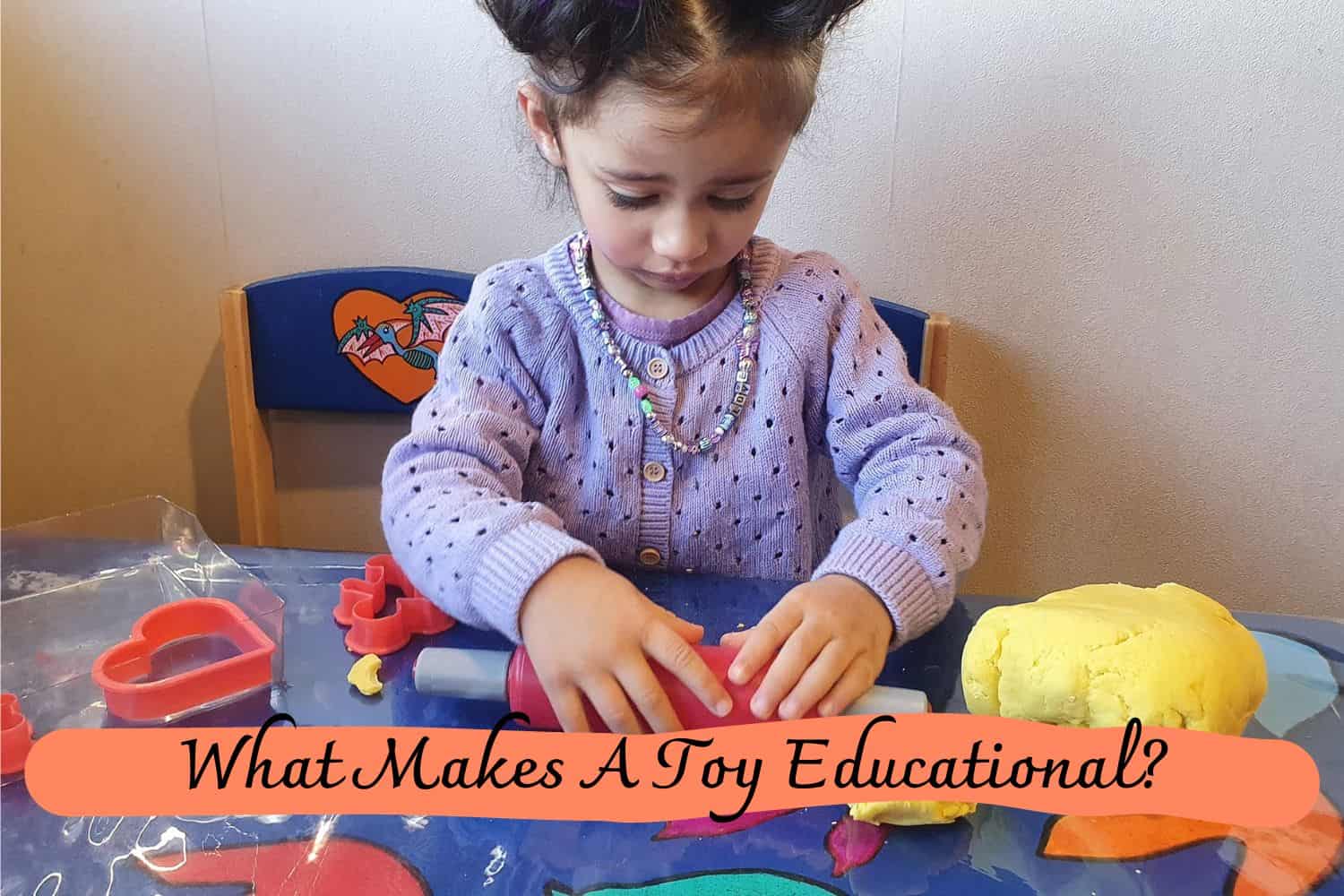Wondering what makes a toy educational? Learn more about the types of toys that promote learning, development, and creativity.
What Makes A Toy Educational?
Are you on the hunt for an educational toy that won’t just entertain your kids, but teach them something as well? Education and playtime should go hand in hand – after all, we’re teaching children from a young age how to interact with their environment.
Many parents are turning towards toys that not only provide entertainment but stimulate learning and development too!
So what makes a toy educational?
Educational toys ignite problem-solving skills and foster new passions. From challenging games to captivating puzzles, these toys are expertly crafted to engage your child’s mind and spark solution-based thinking.
Let’s dive into the different qualities of an educationally sound toy so you can make sure that every game your child plays provides valuable learning opportunities.
Why are Educational Toys Important For Children’s Development?

Childhood is a crucial time for learning and development. From birth, children are constantly absorbing new information and making connections in their brains.
Educational toys help to foster creativity and imagination by encouraging children to explore, experiment, and create with their hands.
They allow kids to think outside the box and use their ingenuity to come up with unique solutions to problems. This type of play promotes divergent thinking, which is essential for creativity and innovation.
In addition to promoting problem-solving skills and fostering creativity, educational toys also help children develop important physical and social skills.
For example, building blocks can improve hand-eye coordination and fine motor skills, while board games can teach cooperation and sportsmanship.
Furthermore, educational toys allow children to learn at their own pace, without any pressure or stress. They can experiment and make mistakes, which are important steps in the learning process.
What Makes A Toy Educational? The Key Factors to Consider
When it comes to educational toys for children, there are crucial aspects that should not be overlooked. First and foremost, the toy must be sturdy and safe, ensuring the well-being of the child.
But it doesn’t stop there. A great educational toy is one that not only keeps the child entertained but also encourages learning and social interaction. It should stimulate their coordination, and fine motor skills, and introduce new concepts gradually.
Why are these toys so important? Well, they play a critical role in a child’s development from an early age.
The key factor, however, is that the toy must be enjoyable and captivating for the child. Additionally, it should be specifically designed for their age group, offering an appropriate level of challenge.
Here are some additional features to consider:
- Multi-purpose toys, like blocks that can be stacked or shaped into different forms
- Interactive and cooperative toys, such as puzzles and games
- Toys that foster exploration and discovery, like a magnifying glass or microscope
- Toys that teach fundamental concepts such as letters, numbers, colors, and shapes
Ideally, the perfect toy should meet several of these criteria. Not only will it provide a more enriching and satisfying experience for the child, but it will also offer numerous health benefits, including physical development and improved cognitive abilities.
Different Types of Educational Toys
Many different types of educational toys cater to various age groups and interests. Some popular examples include:
- Building blocks and construction sets: These help develop fine motor skills, spatial awareness, and problem-solving abilities.
- Art and craft kits: These allow children to express their creativity while also developing hand-eye coordination.
- Science kits: These introduce kids to basic scientific concepts and encourage curiosity and exploration.
- Board games: These promote social interaction, strategic thinking, and sportsmanship.
- Musical instruments: Playing an instrument can improve cognitive skills, language development, and self-expression.
- Interactive learning toys: These can include electronic games, educational apps, and interactive books that teach various subjects such as math, language, and history.
Remember to choose a toy that aligns with your child’s interests and encourages their development. It’s also essential to regularly rotate their toys to keep them engaged and stimulated.
Conclusion
In conclusion, a good educational toy should be safe, and fun, and promote learning and development. It should spark curiosity, creativity, and problem-solving skills while also fostering physical and social abilities.
With a wide variety of educational toys available on the market, parents have the opportunity to choose the best ones for their child’s specific needs and interests. So why not make playtime educational?
After all, every moment is a learning opportunity for our little ones. So, next time you are out shopping, keep in mind the key factors to consider when choosing an educational toy – your child’s development and growth will thank you!
Thanks for reading our article What Makes A Toy Educational? If you want to know more information, visit our website here.
Read more:
How to Make Educational Toys with Items from House?
Are Magnet-Building Toys Safe For 4-Year-Old Kids?

